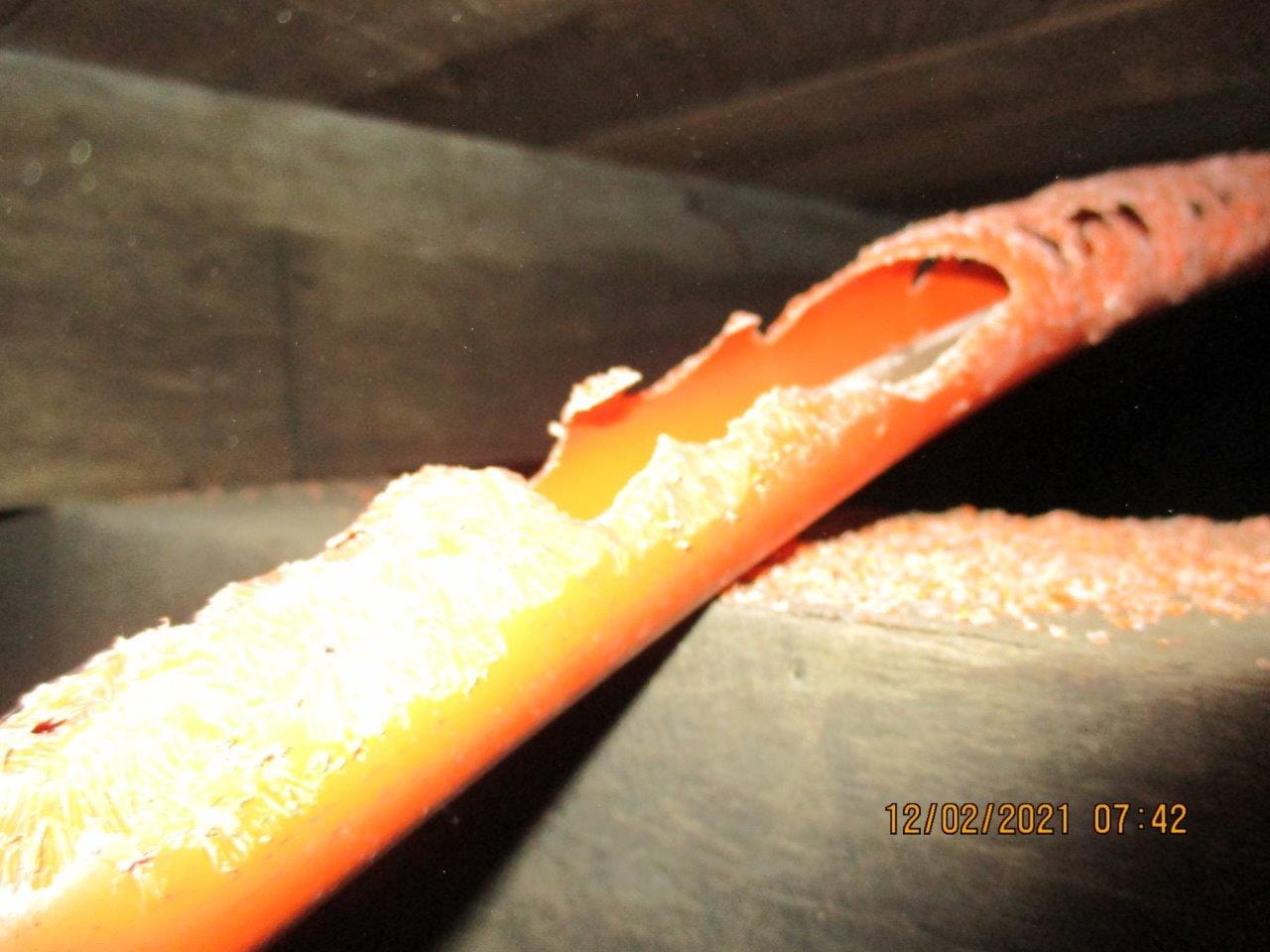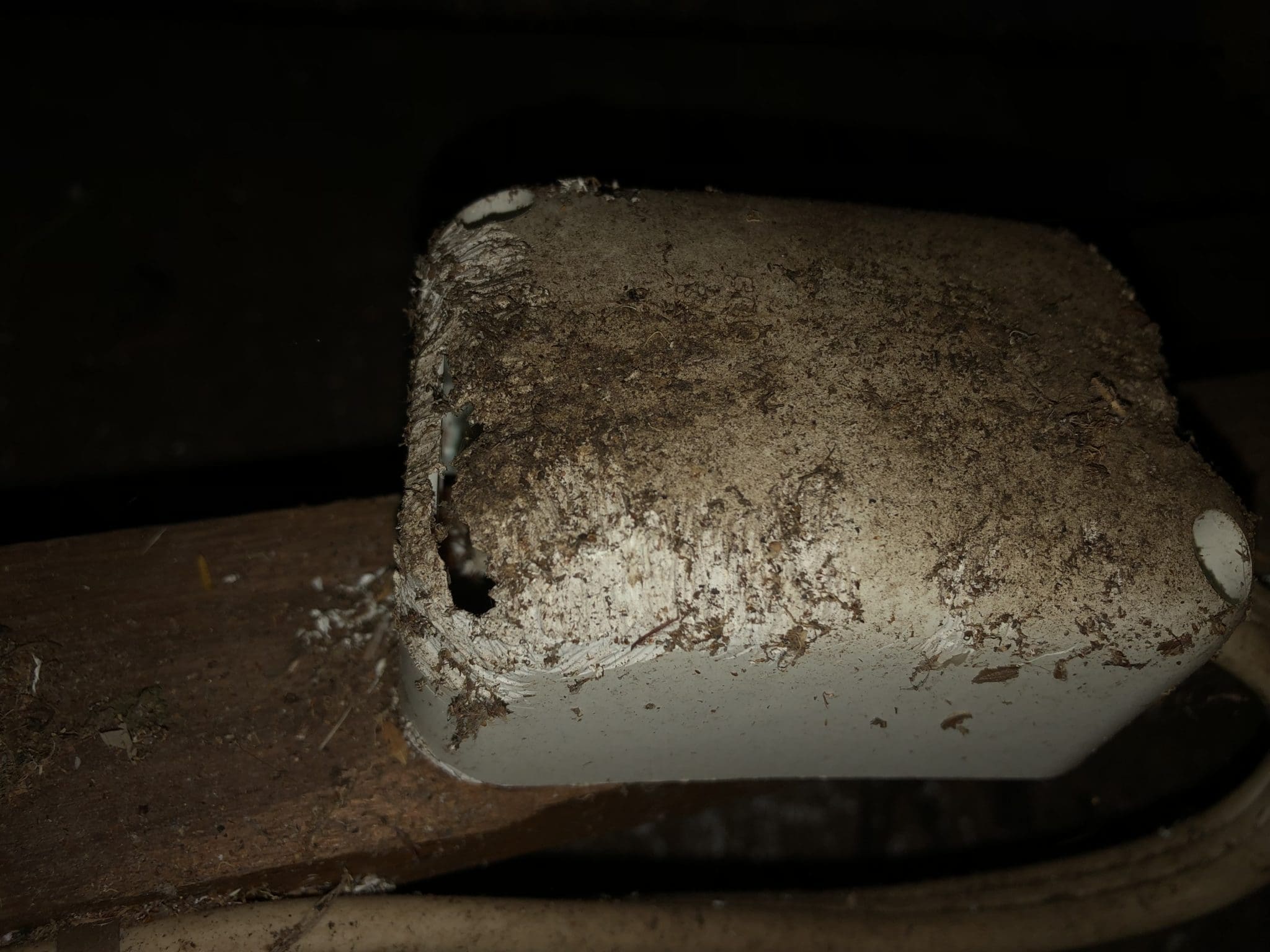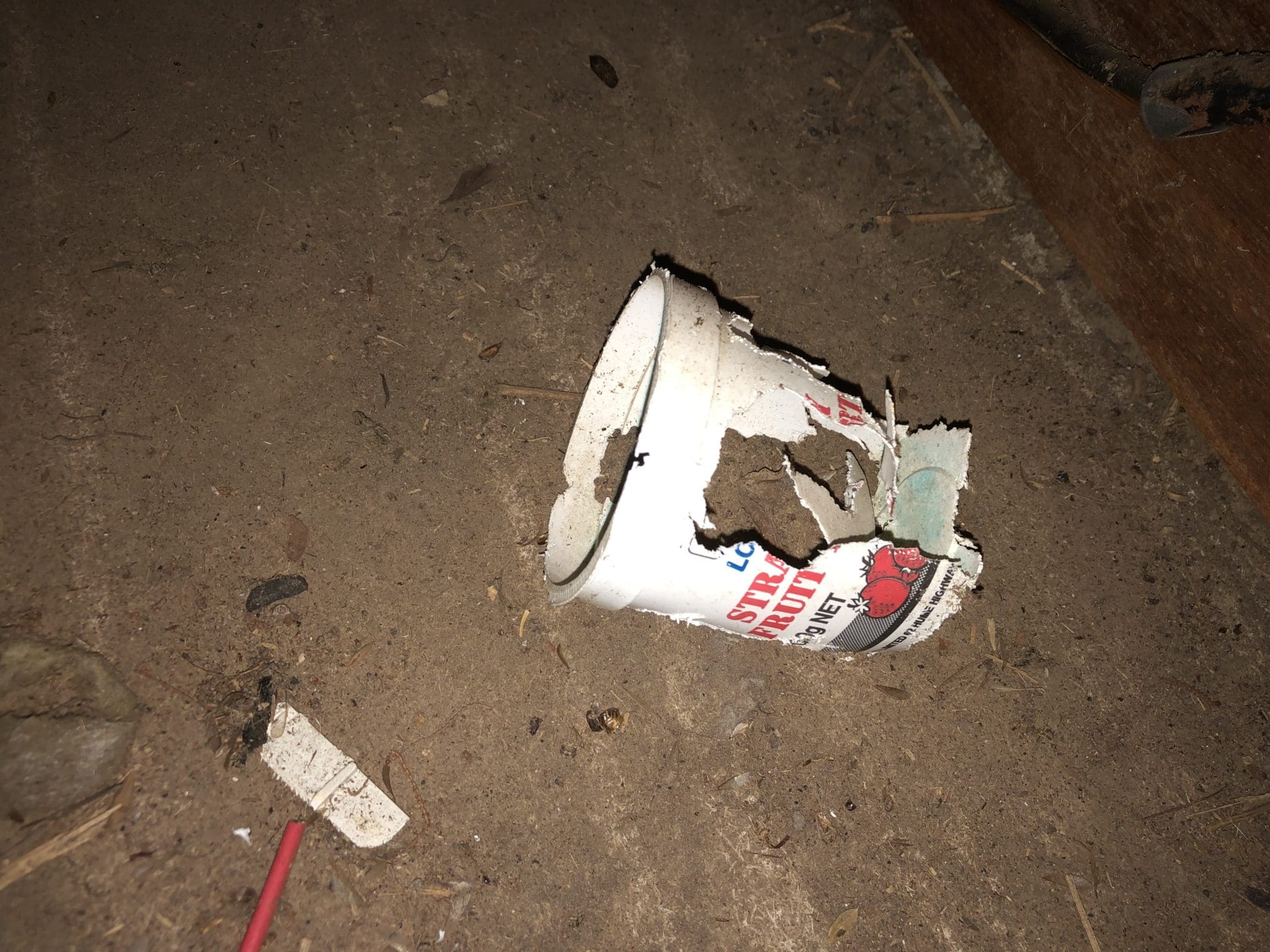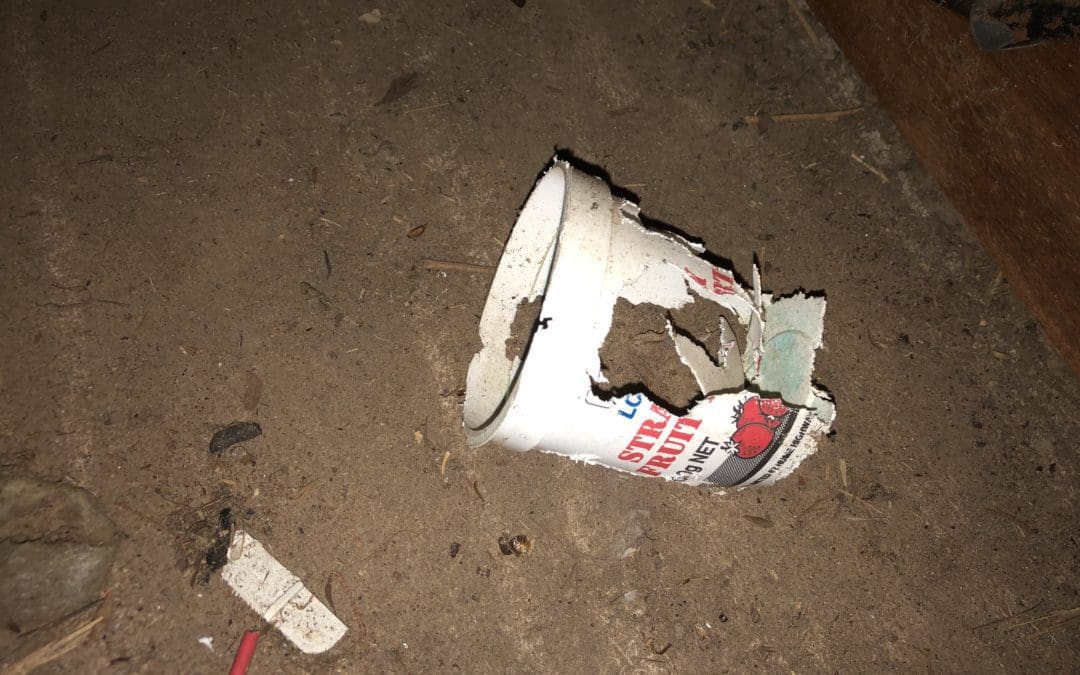Rats and mice are just two of the mammals that belong to the order Rodentia. More than 2,200 species of rodents – such as mice and rats – exist, and more than 40 per cent of all mammal species belonging to the Rodentia order.
Australia has more than 60 native rodent species and three introduced pest species.
Rodents have been successful in populating every continent except Antarctica. This is because of their small size, short breeding cycle and ability to eat a variety of foods. They are the second most successful mammal on the planet, coming second only to humans.
Rodents consume and destroy their food source during feeding. This can cause devastating damage to a wide range of different settings, such as domestic households, commercial businesses, farms, manufactures and livestock.
Not only do rodents gnaw through many materials, but they can also ruin food supplies by excreting or urinating on them.
Not all rodents are considered pests. Many rodents are an important part of the food chain, as they are prey for meat-eating animals such as snakes, large birds and dingoes. Rodents are also important ecologically for spreading seeds and spores. In Australia some small marsupials are mistaken for introduced Rats or mice. In The Southern Highlands, Wollondilly and Camden we have high levels of each of the pest rodents.
Rodents are characterised by their two sharp front teeth in the upper and lower jaws. These teeth grow continually, and their size is controlled by continual gnawing. Often the damage that people find is not caused by rodents eating the actual substance that they are chewing on but by that gnawing to control the size of their incisors. The items that tend to be gnawed upon by rats, occasionally mice, but more so rats, are often of pieces of pipe or conduit that electrical cables run in. The insulation around electrical wiring can also be very attractive for rats as it is of just the correct density for the rats to be able to control there incisors growth.
Both rats and mice only need quite small holes to be able to enter into a house or other buildings. Once inside the building if there is a good food source available then the rodent only needs to find a place to next. Nesting sites will often be in a roof void or in a wall void. They have also been found in stored items that have not been used for a long period of time such as boxes of papers that have been stored for sometimes years. Once an established nesting site has been set up inside the building if the food source runs out for example when the homeowner gets sick of every night, something eating their loaf of bread and they move said bread then the rodent must go elsewhere for food.
As with all living creatures we need to look at the three main things that the pest needs to survive
- nesting site
- feeding site
- a source of water
Remove any one of these three and the rodent will be forced to go elsewhere to find it. Therefore we find its water source, we find its feeding site, or we find its nesting site and we make sure to stop it getting to at least one of those sites.
If you have been able to follow this advice and still have a rodent problem then it is time to call us in and have it professionally dealt with.

Electrical conduit under a house chewed by Rats

Electrical junction Box chewed By Rats

A yoghurt container in a roof void chewed by Rats

